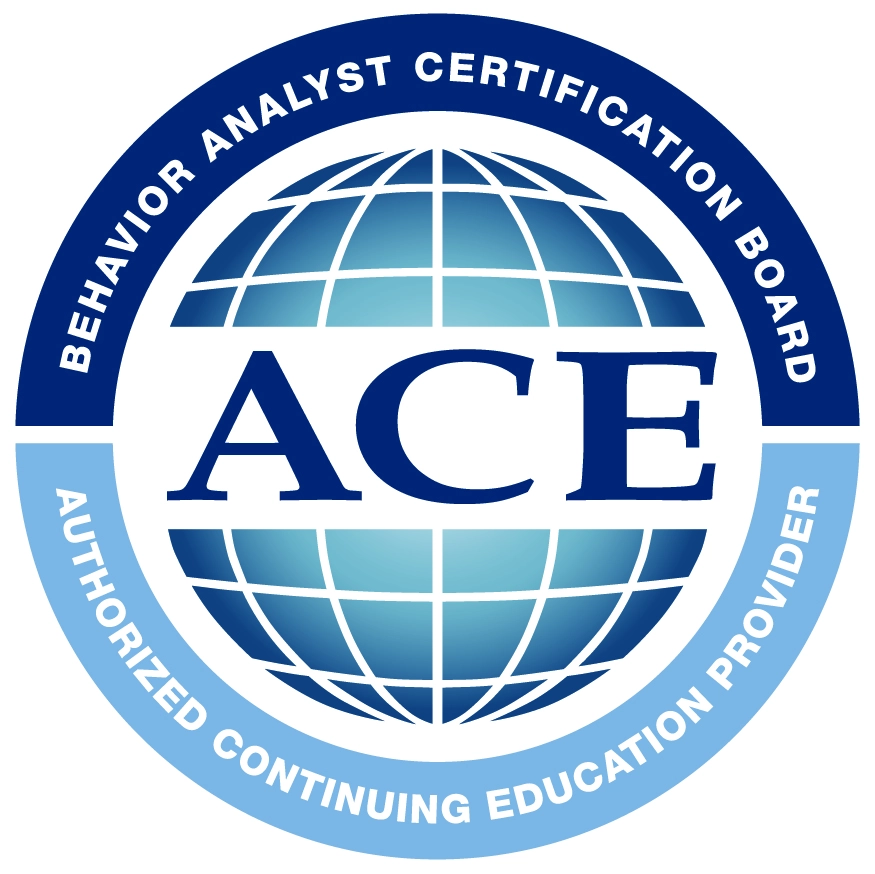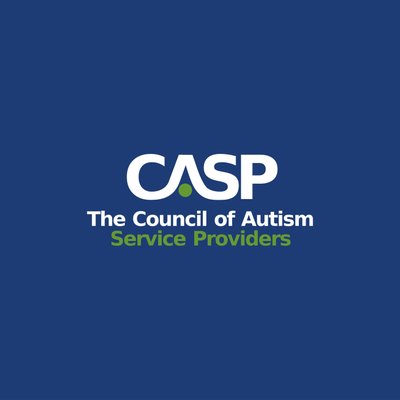ABA Payment Options in Indiana

Autism Spectrum Disorder (ASD) is a developmental disorder that affects approximately 1 in 44 families. There are many different treatment options available for children with ASD. Some of these treatments can be very costly. In this article, we will discuss some of the ABA therapy payment options available in Indiana for families who have a […]
RBT Training in Indiana
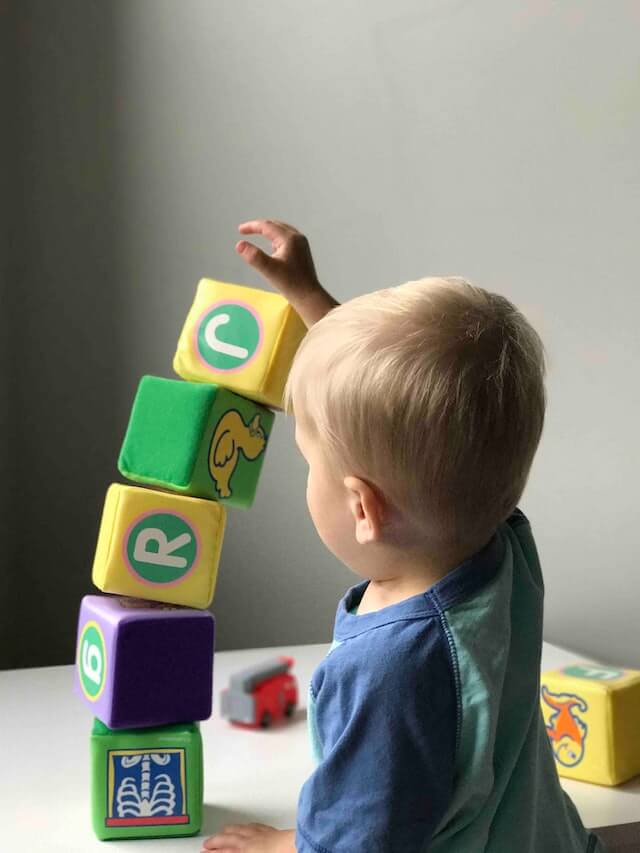
To become a Registered Behavior Technician (RBT) in the state of Indiana, interested individuals are required to meet certain standards. This includes finishing a certified training program and passing a qualified exam. Here’s how to get started on this journey. ABA Therapy at home helps aspiring RBTs gain practical experience in a comfortable and familiar […]
Discrete Trial Training

This article is part of our ABA therapy techniques series where we explore the different techniques used by ABA therapists. Discrete trial training (DTT) is an evidence-based intervention that helps children with autism improve their social communication and other skills. This article provides an overview of the discrete trial training technique and explains how it’s […]
Autism and Hair Brushing

Children with autism have trouble with many sensory items. Therefore, brushing hair can be a challenge for these kids. In this article, we’ll go over the basics of autism and hair brushing to better understand children with autism and prepare a quality experience for them. ABA therapy at home can be beneficial in helping children […]
Manding, Requesting, and Functional Communication

This article is part of our ABA therapy techniques series where we explore the different techniques used by ABA therapists. Autism spectrum disorder is characterized by communication impairments which can lead to challenging behaviors. In this article, we explain manding, beginner requesting, and functional communication training, techniques used in ABA therapy to help children with […]
The Challenges For Children with Autism Brushing Teeth

Neurodivergent children, especially those with autism, can face a massive challenge when brushing their teeth and oral hygiene. Autistic children often feel sensations differently from other kids. As a result, the feeling of toothpaste foaming and bristles scrubbing over their teeth can be stressful. ABA therapy at home can help create a comfortable environment for […]
Functions of Behavior
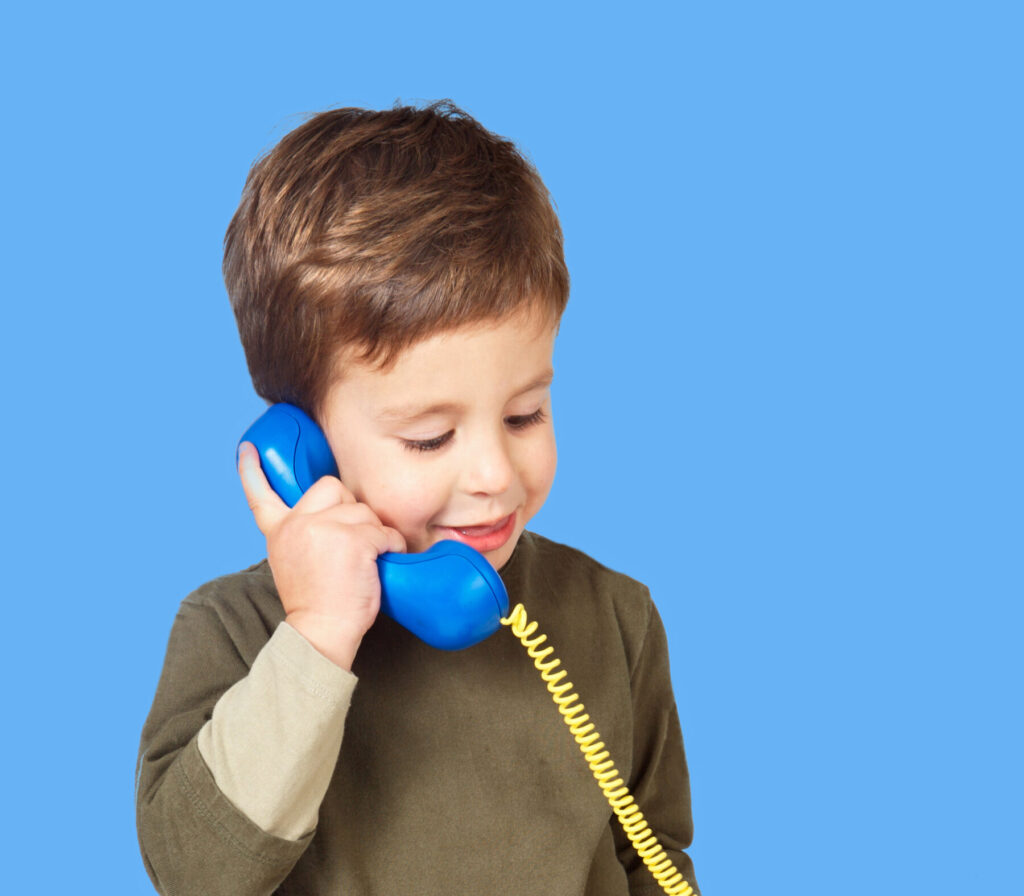
ABA therapists rely on the functions of behaviors to determine the reasons behind challenging behaviors in children with autism and devise suitable treatment plans. Keep reading to learn more about the different types of functions of behavior and how they are used in ABA therapy. What Are the Four Functions of Behavior? Applied behavior analysis […]
Signs and Symptoms of Autism
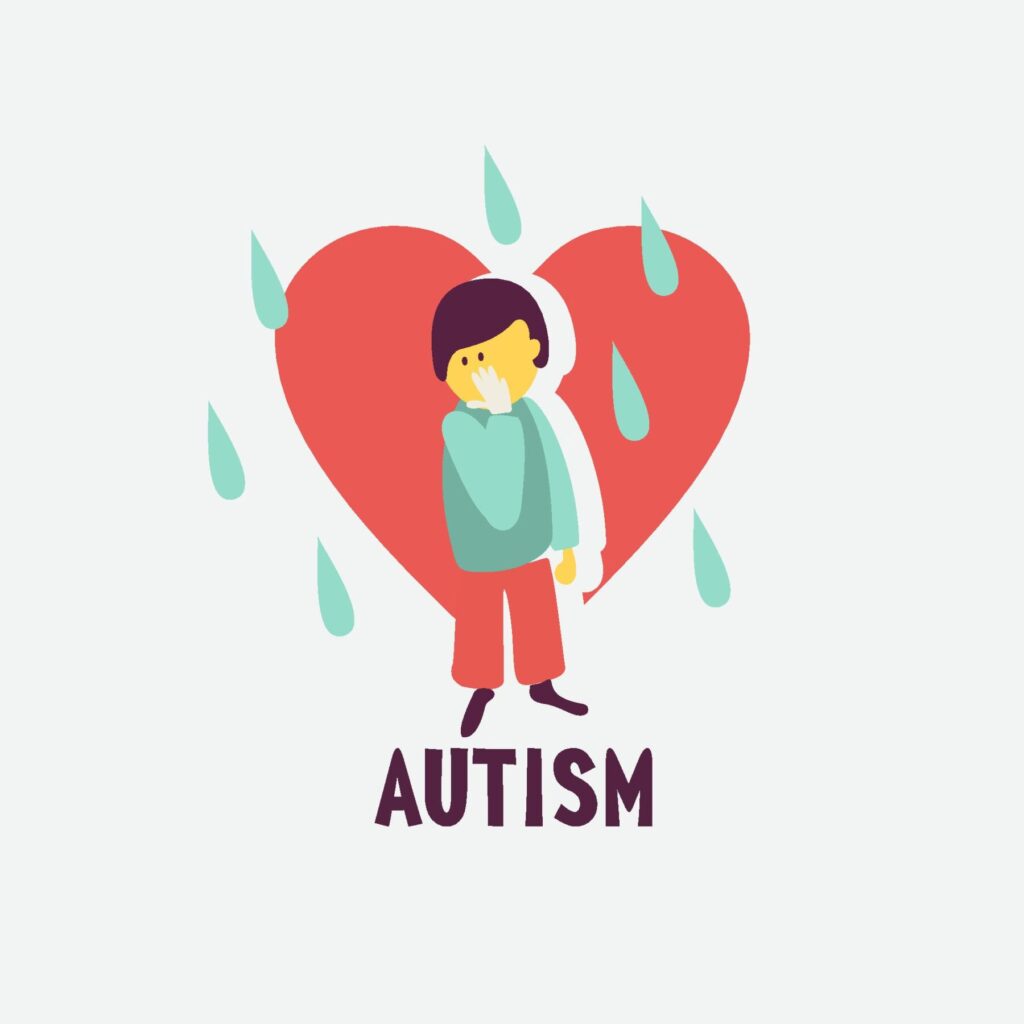
Autism spectrum disorder (ASD) or autism is a developmental disability that is both very common and highly misunderstood. ASD is caused by differences in the brain and can often lead to challenges with social interactions, learning, moving, paying attention and other life skills. However, sometimes it can be difficult to diagnose this disability. Here are […]
Autism and Bathing Issues

Bathing is an essential aspect of our personal hygiene. While baths are famous for their unique soothing effect, children with autism often find this activity challenging for a variety of reasons. Implementing ABA therapy at home can help create structured routines that make bath time more manageable and enjoyable for them. In this article, […]
Differential Reinforcement

Differential Reinforcement This article is part of our ABA therapy techniques series where we explore the different techniques used by ABA therapists. Differential reinforcement is one of the most important tools used in ABA therapy. This technique can help improve unwanted behaviors and strengthen the desired ones in children with autism. Continue reading to […]

